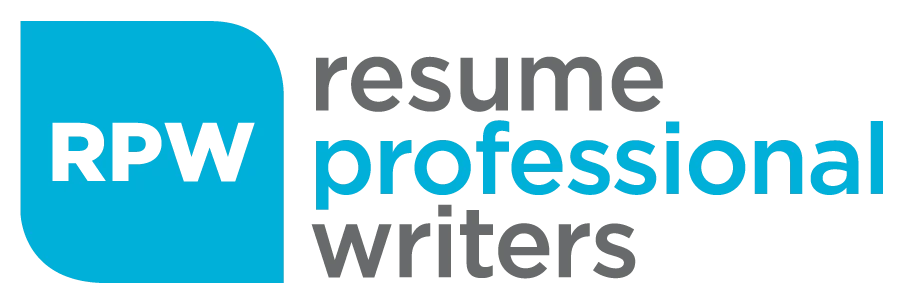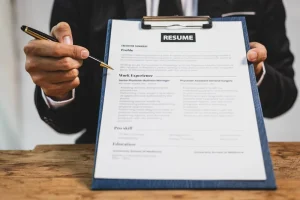Have you ever felt that tingling excitement of wanting to switch careers, only to be stopped cold by the daunting task of writing a cover letter? You’re not alone. For many professionals contemplating a career change, the cover letter becomes a formidable barrier – a blank page that seems impossible to fill with convincing reasons why you, with possibly little direct experience, are the perfect candidate for a role in a new industry.
But here’s the truth: a well-crafted career change cover letter can be your secret weapon. It’s your opportunity to tell your unique story, showcase your transferable skills, and convince potential employers that your diverse background is exactly what they need. In this post, we’ll unlock the secrets to writing a cover letter that not only explains your career shift but also positions you as the ideal candidate for your target role.
The Anatomy of a Winning Career Change Cover Letter
Before we dive into the specifics, let’s break down the key components that make a career change cover letter stand out:
- A compelling opening statement
- A clear explanation of your career change motivation
- Highlight of transferable skills
- Demonstration of industry knowledge
- A strong closing with a call to action
Each of these elements plays a crucial role in telling your story and making your case. Let’s explore how to nail each one.
Crafting an Attention-Grabbing Opening
Your opening paragraph is your handshake, your first impression. It needs to grab the reader’s attention and make them want to keep reading. For a career changer, this is particularly important.
Do:
- Start with a bold statement about your passion for the new industry
- Mention a recent achievement that’s relevant to your target role
- Reference a mutual connection or a recent company achievement you admire
Don’t:
- Start with “I am writing to apply for…”
- Apologize for your lack of direct experience
- Give a chronological account of your work history
Example: “When I increased my previous company’s efficiency by 35% using skills I learned from my hobby in data analytics, I realized it was time to turn my passion into a career.”
Explaining Your Career Change Motivation
Employers will be curious about why you’re making a switch. This is your chance to show that your career change is a well-thought-out decision, not a whim.
Key points to address:
- What attracted you to this new field?
- How does this align with your long-term career goals?
- What steps have you already taken towards this transition?
Example: “After 10 years in retail management, I’ve realized that my true calling lies in human resources. The aspects of my current role that I find most fulfilling – mentoring team members, resolving conflicts, and creating a positive work environment – are at the heart of HR work.”
Showcasing Your Transferable Skills
This is where you connect the dots for the employer. Your experience may not be directly related, but many of your skills certainly are.
Steps to highlight transferable skills:
- Analyze the job description for key required skills
- Identify situations from your current career where you’ve used these skills
- Quantify your achievements where possible
Example: “In my current role as a teacher, I’ve honed my ability to explain complex concepts simply – a skill directly applicable to technical writing. I’ve created over 200 lesson plans and supporting materials, consistently receiving positive feedback from both students and colleagues on their clarity and effectiveness.”
Demonstrating Industry Knowledge
Show that you’ve done your homework. This proves your commitment to your new chosen field and helps the employer envision you in the role.
Ways to showcase industry knowledge:
- Mention recent industry developments or challenges
- Reference industry-specific tools or methodologies you’re familiar with
- Discuss how your unique background could bring fresh perspectives to these industry-specific issues
Example: “I’m particularly excited about the shift towards data-driven marketing strategies in the industry. My background in statistical analysis, combined with my creative problem-solving skills, positions me to contribute unique insights to your team’s campaign optimization efforts.”
Closing Strong with a Call to Action
Your closing paragraph should leave the reader with a strong impression and a clear next step.
Elements of a strong closing:
- Reiterate your enthusiasm for the role and the company
- Summarize why you’re a great fit, despite the career change
- Include a clear call to action
Example: “I’m excited about the possibility of bringing my unique blend of analytical skills and creative problem-solving to the marketing team at [Company Name]. I’d welcome the opportunity to discuss how my background in finance can offer a fresh perspective on your upcoming product launch. I’ll follow up next week to see if we can schedule a conversation.”
Practical Tips for Career Change Cover Letter Success
- Tailor each letter: No two jobs or companies are the same. Customize your letter for each application.
- Use the right tone: Match the company’s communication style. Is it formal or more casual?
- Keep it concise: Aim for 3-4 paragraphs. Be thorough but respect the reader’s time.
- Proofread meticulously: Errors can be especially costly when you’re already asking the employer to take a chance on you.
- Consider the ATS: Use keywords from the job description to ensure your letter makes it past Applicant Tracking Systems.

Your Roadmap to Career Change Success
Crafting a compelling career change cover letter is both an art and a science. It requires introspection to understand your motivations, research to demonstrate your commitment, and creativity to draw meaningful connections between your past experience and future aspirations.
Remember, your diverse background is not a weakness – it’s your unique strength. Employers increasingly value candidates who can bring varied perspectives and cross-functional skills to their organizations. Your career change cover letter is your opportunity to frame your transition as an asset, showcasing how your distinctive journey has prepared you to bring innovative solutions and fresh ideas to your new role.
As you sit down to write your letter, keep in mind that authenticity is key. Let your genuine enthusiasm for your new chosen field shine through. Be honest about your transition while remaining confident in the value you bring. With these strategies in hand, you’re well-equipped to craft a career change cover letter that not only explains your shift but also excites potential employers about the unique contributions you’re poised to make.
If you find yourself struggling with the writing process, consider using a professional cover letter writing service to ensure your letter truly shines. Additionally, reviewing cover letter samples can provide inspiration and help you understand how to structure your own compelling narrative.
Your new career is waiting. Armed with a powerful cover letter, you’re ready to open the door to exciting new professional possibilities. So take a deep breath, start typing, and let your story unfold. Your next great career adventure begins now.








